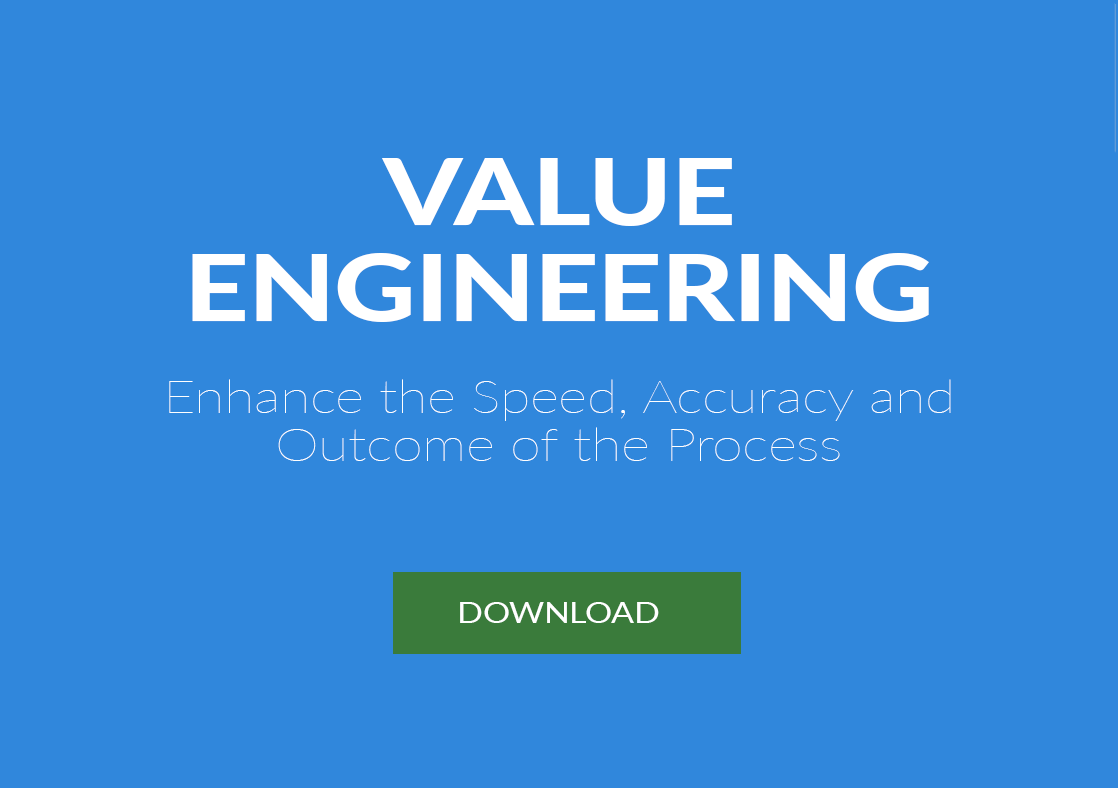Value engineering (VE) has become a standard practice for many, if not most, AEC projects today. As common as it is, however, VE is not always fully understood or well executed. Value engineering is not a design review process. Nor is it a cost-cutting exercise conducted at the expense of project integrity. Designers should apply VE by considering alternative design solutions to optimize the expected cost/value ratio of components within a project. Contractors should use VE to identify and propose changes that cut costs while maintaining or enhancing the quality, value, and functional performance required by the owner.
But when applied optimally, value engineering is a creative, organized exercise conducted collaboratively — and as early as possible — by all project stakeholders to deliver project requirements at the lowest total cost. Progressive project owners are looking for partners who can fulfill their visions and deliver a project on time and under budget, and collaborative VE ensures that all parties are working toward the same goal.
TRADITIONAL VALUE ENGINEERING: MIRED IN DOUBT AND CONFUSION
Typically, value engineering on AEC projects has been applied so poorly that the concept often meets with scrutiny at best, and at worst results in reduced project quality and value for the owner. Many contractors have come to view VE as a negative side effect of poor budget management during design that requires them to reduce scope or quality when they attempt to realign the project to the budget. VE also gets a bad rap because some contractors or subcontractors involved in the process do not restore value dollar-for-dollar — that is, one subcontractor might understate savings in one area while another overstates the trade-off cost, essentially taking money from the owner’s pocket.
A BETTER WAY
Assemble Systems has developed a solution that sidesteps traditional obstacles and allows AEC professionals to easily and affordably optimize value engineering by greatly enhancing the speed, accuracy, and outcome of the process. Flexible VE tracking and collaboration provides a window into accurate quantities of elements, tracks proposed changes, and creates an audit trail for later verifications. Assemble’s cloud-based model data management platform provides all project members with the ability to access the model information and easily understand the elements, quantities and costs being discussed — regardless of their physical locations — facilitating team collaboration is the cornerstone of true value engineering.
Download the BIM workflow guide to learn more.

